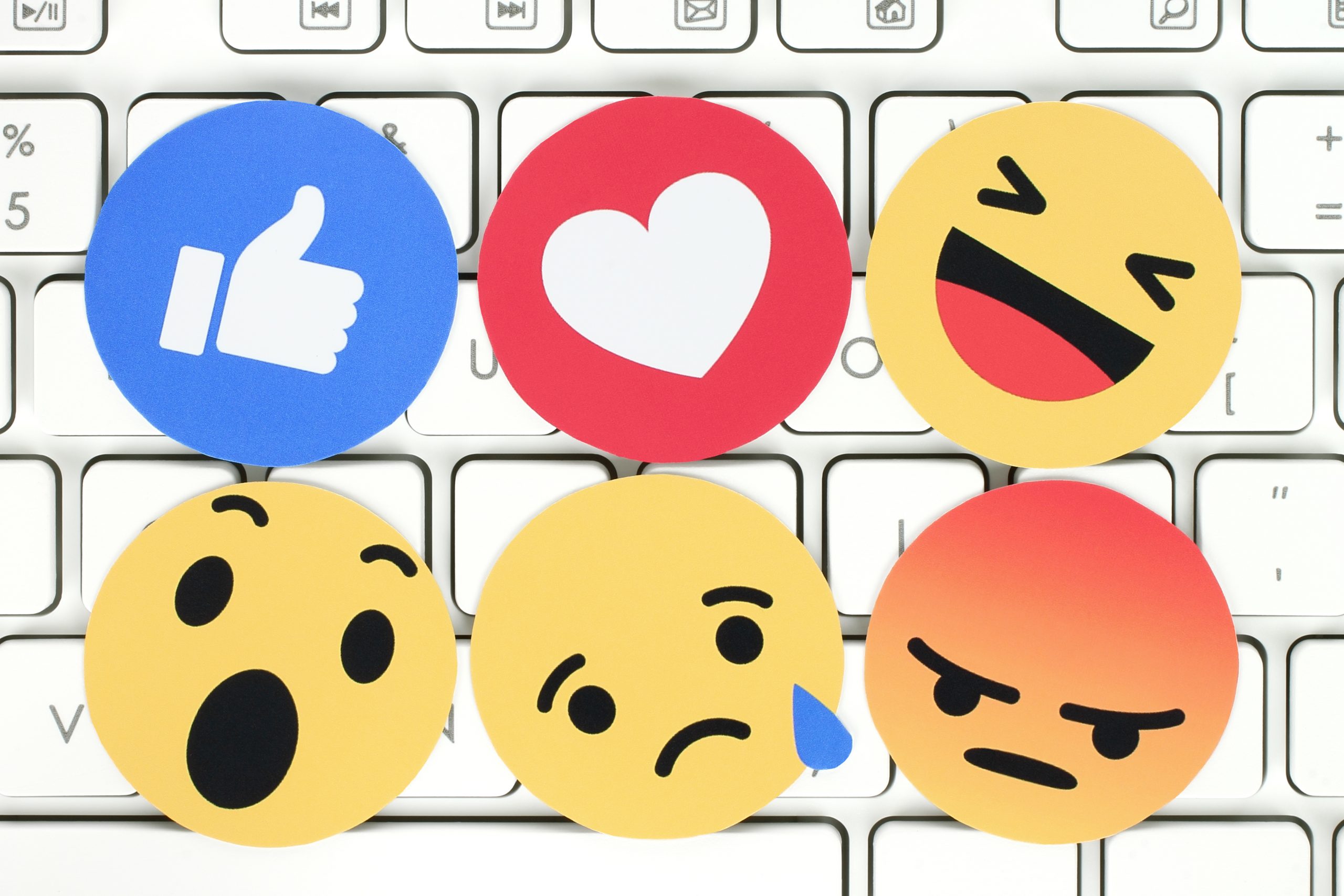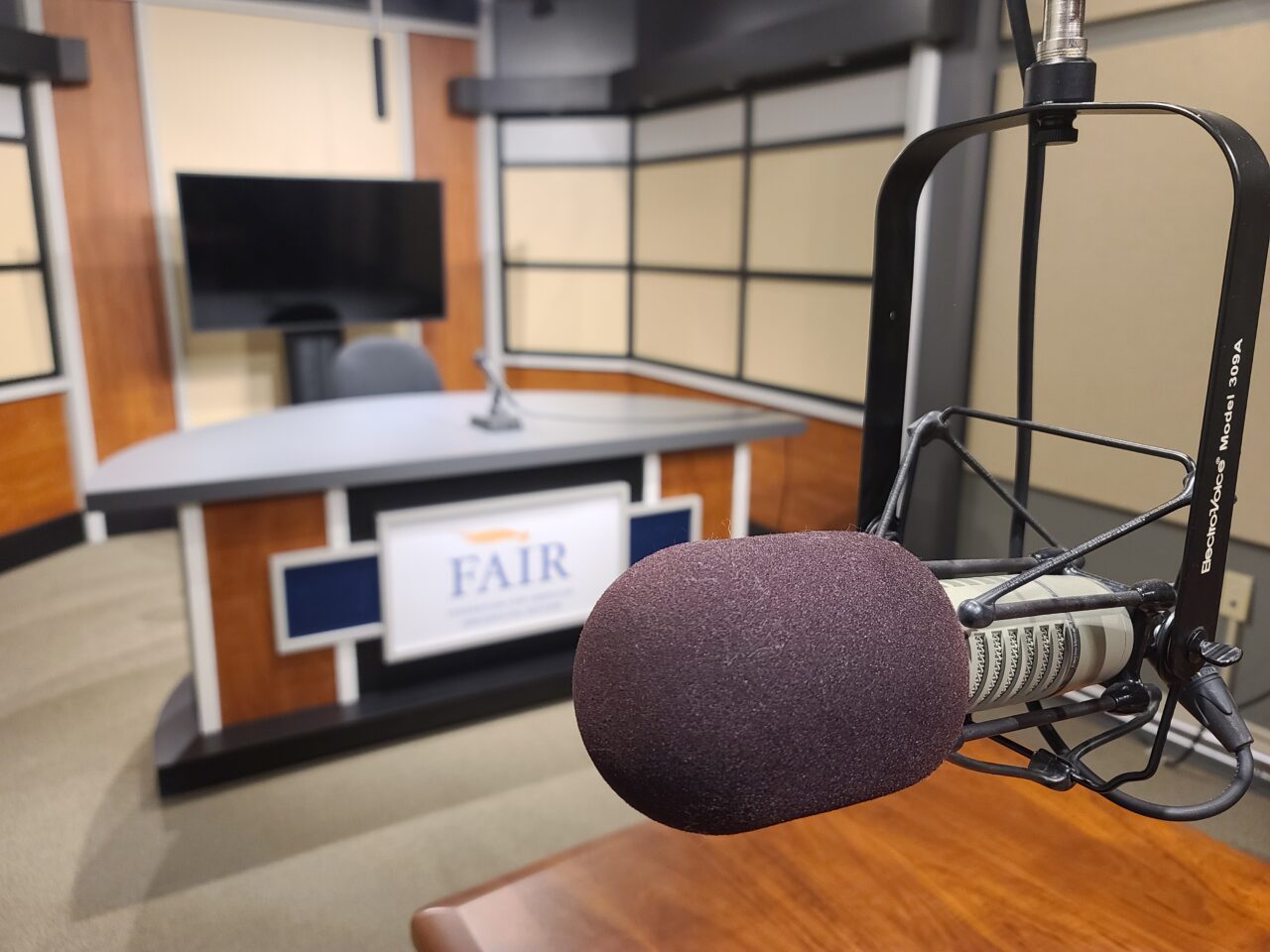Hard Work Ahead for Biotech Innovators and Attorneys
“At least in antibody inventions, the scope of protection a valid patent can provide will effectively be limited to those species that are specifically described…. The likely practical effect will be to eliminate most antibody R&D…. Consequently, important therapeutics will not get invented and human health will suffer.” – Judge Paul Michel
As most in the IP world know by now, the U.S. Supreme Court issued its ruling in Amgen v. Sanofi on Thursday, holding that the U.S. Court of Appeals for the Federal Circuit (CAFC) was correct in finding that Amgen’s patents for its popular cholesterol drug failed to meet the enablement requirement. The Court specifically said that “Amgen’s claims sweep much broader than the 26 exemplary antibodies it identifies by their amino acid sequences,” likening the claims to those invalidated in historical cases such as O’Reilly v. Morse, The Incandescent Lamp Patent, and Holland Furniture Co. v. Perkins Glue Co.
IP practitioners diverge on the degree to which the decision will change patent practice in the biotech industry going forward, with some claiming the Court merely reiterated the existing law on enablement, and others saying it represents a major departure. The below comments represent a range of views, but many agree it at least represents a significant shift that will require new strategies going forward to secure strong patents.
Brandon Helms
“Since the passage of the America Invents Act, the bargain between incentivizing inventors and benefitting the public has leaned heavily toward the latter. The Amgen decision, regardless of the merits, is one more nail in the coffin for American innovation. If the Court can find unanimity, and in doing so pass the buck to Congress to strike the appropriate policy balance, Congress should heed its call and put aside partisanship to swing the scales back toward fostering research and ingenuity.”

“The Supreme Court affirmed the enablement test without diving into the specific facts, which I think was a wise course. As a result, future cases on antibody patents will require great work by the lawyers and scientists to establish whether all of the antibodies claimed in the patent claims can be identified and made using the teaching in the specification without unreasonable effort. The safest claims will be to particular sequences identified in the patent specification. The disputes will come when a patent claim extends to sequences not found in the patent specification. Then the litigants will have to work hard to prove whether all of the variants claimed could be found and made based on the information in the specification using only ordinary skill.”
Matt Jonsen
“I am not surprised at the outcome – I think the oral arguments predicted this result. Amgen’s arguments, which were very strong, simply required too much technical knowledge to fully grasp. Amgen had the more powerful arguments, but I have a graduate degree in molecular biology – only Justice Sotomayor appears to have any practical experience with this part of the case.
The fact that Amgen was forced to defend an expansion of their claim scope to cover ‘millions’ of possible antibody permutations was fatal. Their patent application only presented amino acid sequences for 26 antibodies with a suggestion they had identified approximately 300 more antibodies. If 300 or even 400 was the extent of the genus, the Supreme Court may have ruled in their favor, but when Amgen was forced to defend a scope of millions, the tenor was changed and the justices appeared unable to get past that number – especially when they have no appreciation for protein structure.
The justices struggled with, and the opinion reflects, the concept of ‘conservative substitution.’ This is a well-known concept in molecular biology – especially antibody science – that greatly expands protection of patented protein sequences (antibodies are proteins), by saying that certain changes to the protein’s sequence (even if not explicitly recited) are also covered.
The reason the concept of ‘conservative substitution’ was fatal to Amgen’s arguments was that it dramatically expanded the claimed genus from what both parties suggested might be a few hundred antibodies to millions of antibodies. The justices never seemed to get past that characterization, and Amgen couldn’t back down from it. Sanofi simply had a simpler argument in this case – essentially, that no one can possibly enable a million antibodies.
For patent practitioners, likely not much will change from this ruling. I think most patent attorneys, at least those that toil in molecular biology, even if they included functional language in their claims (I routinely do so), were drafting sets of claims that focused on concrete examples, to avoid invalidation of all claims. For biotech companies with first-in-class antibody intellectual property – they’ve lost the ability to threaten competitors that get too close to their IP. The Supreme Court has significantly de-risked many projects now for biotech companies.
I think this decision will give small bio-pharmaceutical companies incentive to start new and/or fast-track existing programs aimed at their competitor’s programs. They’ll be able to develop new competing drugs with less fear of being hit with an infringement lawsuit.
Will this ruling lower drug costs? The jury for this question is still out. Antibody-based therapeutics, while some of the most expensive (and profitable) drugs on the market, have a surprising ability to maintain their market share – even in the case of competing products. However, I do think that this issue played a part in the Supreme Court’s decision, and even if it wasn’t explicitly discussed at oral arguments, it did color the arguments.”
Anne Li
“You get what you actually did, not what someone could do. Yesterday, the Supreme Court agreed with the Federal Circuit that there are no broad genus claims for antibody patents, thereby bringing the enablement requirement for biotech patents back in line with other technologies. Enablement requires that a patent describe the invention with enough particularity such that it would enable another to do it. The Supreme Court’s opinion was an analysis of the invention disclosures of past in archeological layers, from Morse Code itself, to incandescent lightbulbs, to starch glue. “If a patent claims an entire class of processes, machines, manufactures, or compositions of matter, the patent’s specification must enable a person skilled in the art to make and use the entire class,” wrote the Court.
In striking down Amgen’s patents, the Supreme Court described the genus claims as nothing more than a ‘hunting license’ for scientists to try figure out through trial and error what might work, work better, might not work as well, or not work at all. Rather, Amgen’s patents disclosed 26 amino acid sequences and that was all the Supreme Court said they get, i.e. the results of the trial and error experiments already done, not what could be done using a research method that looked at a target and then a specific spot within that target.
This has big implications for how these patents should be drafted going forward and when they should be filed in the research process.”
Paul Michel
“As I consider the underlying logic of the Supreme Court’s opinion, I can only conclude that it will lead lower courts to enforce the following rule: For a claim to a large genus to pass muster under sec. 112, the specification must explicate which members of the genus meet any functional limitations and which do not—and why. Put differently, if the artisan must engage in ‘trial-and-error’ screening of candidates, no matter how routine, that automatically fails enablement. That is, the specification must inform the artisan in such detail, she can make all the candidates that do function without ever having to make any that do not.
At least in antibody inventions, the scope of protection a valid patent can provide will effectively be limited to those species that are specifically described. That is because one cannot tell in advance exactly which other ones will work, and which will not. The likely practical effect will be to eliminate most antibody R&D. Why? Because to avoid infringement, competitors would need only to perform routine screening to identify another of the millions of candidates that also works. Consequently, important therapeutics will not get invented and human health will suffer.”
Will Milliken
“The Court’s analysis in Amgen largely amounts to an endorsement of the Federal Circuit’s current approach to enablement law, so it doesn’t signal a sea change in the doctrine. But one striking thing about the Court’s reasoning is that it rests primarily on three very old cases involving very different types of technology—O’Reilly v. Morse, which concerned Samuel Morse’s telegraph patent; Incandescent Lamp, which concerned a patent on an electric lamp asserted against Thomas Edison; and Holland Furniture, which concerned a patent on starch glue. ‘While the technologies in these older cases may seem a world away from the antibody treatments of today,’ the Court reasoned, ‘the decisions are no less instructive for it.’ This suggests that, in the Court’s view, the same enablement analysis applies to all patents, no matter the technology—antibody patents are not special.”
Irena Royzman, Ph.D.
“Today’s unanimous Supreme Court decision will have enormous impact across industries for decades to come. It makes clear that to claim sovereignty over an entire class of things by function or to claim sovereignty over an entire kingdom of antibodies or other biological inventions, it is necessary to enable that entire class or kingdom across its full scope. The more one claims, the more it is necessary to enable. The decision consolidates and extends the Court’s case law from over a century ago to biotech inventions. It makes clear that the requirement for enablement is no different whether the case involves 19th century telegraphs, 20th century glues or antibody treatments invented in this biotech 21st century. The quid pro quo of the patent system requires a patent teaching that provides more than a research assignment to enable the claims. Painstaking trial and error experimentation to make and use the full scope of the claimed invention is not enablement. The Supreme Court’s decision impacts not only patents to antibodies, but also the other developing areas of biotechnology that are transforming treatment of Americans, such as gene and cell therapies.”
Ashley Sloat
“SCOTUS started with a preconceived conclusion and worked backwards, doing mental gymnastics to arrive where they desired, just like in Google v. Oracle. SCOTUS attempted to justify its affirmance, stating that Amgen’s teachings failed to identify a class that has ‘a peculiar fitness for the particular purpose.’ citing Incandescent Lamp. Amgen’s identified binding amino acids, target receptor, and percent blockage of the receptor all clearly belong to an antibody class that has ‘a peculiar fitness for the particular purpose’ of cholesterol modulation. SCOTUS further contrasted Amgen’s teachings to that of Minerals v. Hyde, where the claims were found to be enabled ‘because the ‘composition of ores varies infinitely,’ it was ‘impossible to specify in a patent the precise treatment which would be most successful…in each case.” Antibody science deserves the same treatment. Antibody affinities, sequences, and tertiary structures vary nearly infinitely, so it’s impossible to specify all the species that could result in the same inhibitory effect for a receptor-ligand pair. Unpredictable physiology (just like unpredictable ore composition) does not justify a lack of enablement finding. Sadly, our best hope for the future of human health innovations now rests in the hands of Congress.”






